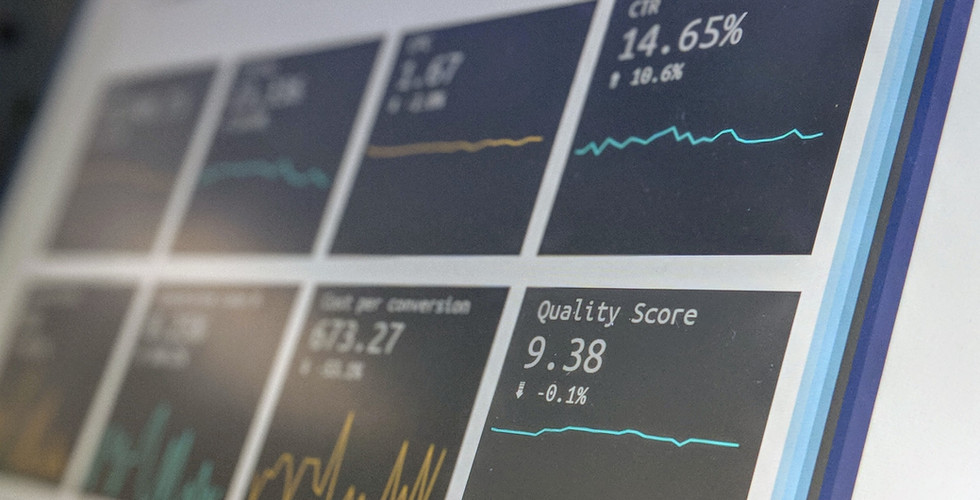What makes a 'good' dashboard
- srikaruchiha15
- Jan 9, 2023
- 3 min read
Could there be a secret sauce to making an eye-catching dashboard? I have made plenty of dashboards before but sometimes, when I am on the internet I see a better one in every aspect; Design, Format, Content and Font. So I started looking for original dashboards made by real people ,and not the ones you see by googling, 'Dashboards' (Although they were made by real people too).
How did I do this? I went to Upwork as a client and searched for dashboards and saw real data analyst post their dashboards on their portfolio and here is what I understood by looking at 50+ beautifully designed dashboards.
Number of charts
On average, these dashboards have 5 graphs or charts on display. The least number of charts was 4 and the maximum was 10. They were neither populated with plots nor did it feel like there was hardly anything to see.

Background color
Most people's choice of color was white, grey ,or some shade of blue but mostly white. White is the most neutral color and mixes with almost every color. It's hard to go wrong with white no matter what it is; dashboards, shoes, wallpapers.
Also, the chart background color is always lighter than the background color of the dashboard.

Color palette
All dashboards use 3 colors for their charts, font color, labels and titles. There is no particular shade of color that is common but most people go with shades that are neither too light nor too dark.

Displaying Values
Numbers are displayed in the largest font size and in Bold. Since the purpose of a dashboard is to make these numbers seem less dry than it is, we have to get people's attention since they are the main priority of the dashboard. Numbers are always displayed bigger than the sub-title of the chart.

Font and Spacing
Most people choose white or black as their font color to label titles. White for darker backgrounds and black for lighter colors. Font color for text in a chart is preferred to be light in color by most data analysts.
Font size for sub-titles always varies but the font size on average seems to be three-quarters of the font size of the number displayed.
Spacing is very important. Although many dashboards don't have obvious spacing, keeping 'even' space between two charts is very important. Not too less, not too much.
Tables and comments
Most people do not want to see tables and that's an opinion , not an observation. Only a few dashboards have tables and they all are designed keeping the theme of the dashboard in mind. If you are adding tables, then make them colorful and match the colors of the table to the palette of the dashboard.

A comment could be random lines of text , say a sample of product reviews. If you are adding lines of text in rows, add an image, icon or an emoji right next to each line of text.

Conclusion
After looking at some really 'great' dashboards, this is all I could take:
Keep the color palette consistent for charts and plots
Chose white, grey ,or a shade of blue as the dashboard background
The background color of the chart is usually lighter than the dashboard background
Subtitle colors are either black or white. The font color of any other text is just light in color.
Numbers are always in the biggest font size
Keep even spacing between charts
A few don't that I have observed:
Try not to add tables. If you are adding a table, make it attractive
Don't add titles. Most people do not add titles or keep their titles left aligned and never in the center
Don't add pointless variables just to fill up the dashboard
Don't add more than 10 charts
Don't bring in a random color outside the palette





Comments